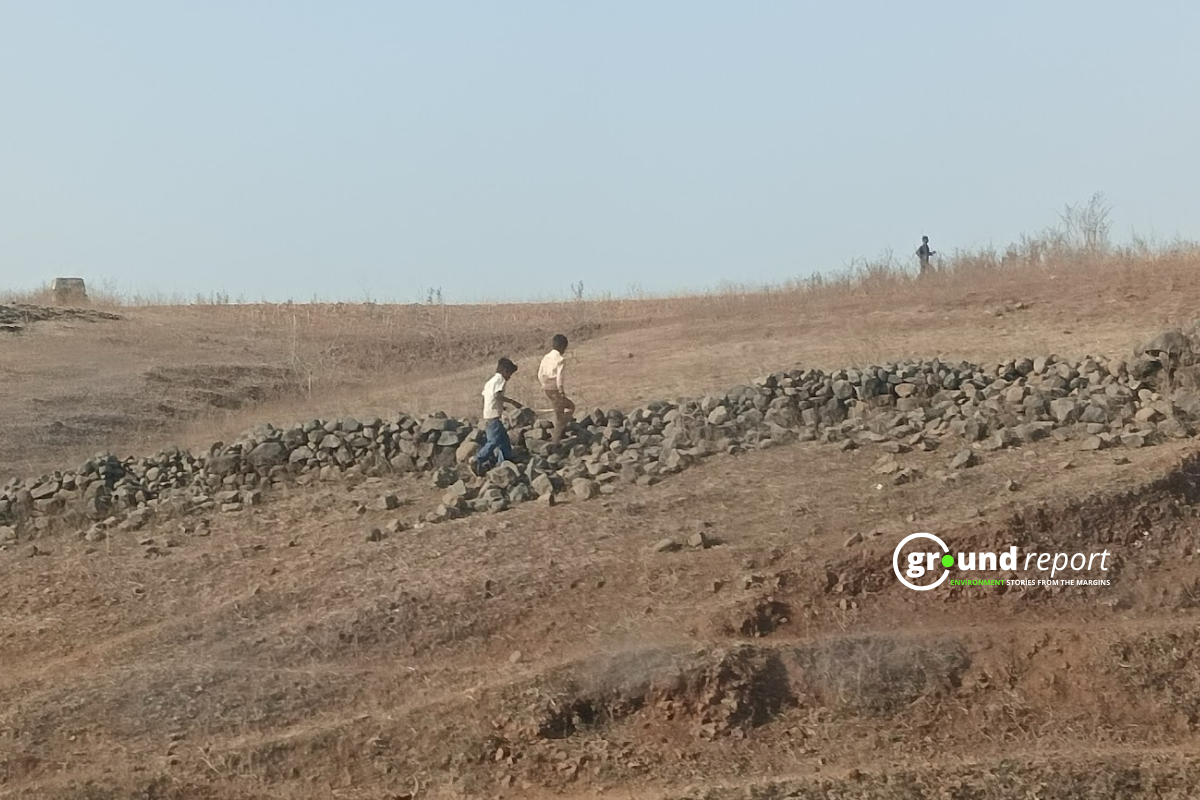A recent study has found a worrying trend in Africa’s typically damp landscapes. Over 18 years, the number of wildfires has doubled in the continent’s wet forests, particularly in the expansive Congo Basin, according to the study published in the journal Geophysical Research Letters.
This increase in fire activity mirrors similar rises seen in wet forests worldwide, like those in the U.S. Pacific Northwest and the Amazon. These findings suggest a change in the ecological balance of these areas, emphasizing the need to reassess their vulnerability to fires.
Fire trends in Africa’s wet forests
The study has shed light on fire incidents in the lush, tropical forests of West and Central Africa for the first time. Using satellite imagery, researchers analyzed active fires from 2003 to 2021, uncovering a significant rise in fire frequency, notably in the Northwest Congolian Lowland Forests. By 2021, the number of fires per 10,000 square kilometers surged by 400 annually.
According to the researchers, “There were several areas with strong trends of increasing fire, mainly in the Congo Basin. In contrast, there were almost no locations where fire was decreasing.”
Traditionally, fires in Africa’s wet forests were considered minor compared to those in drier woodlands and savannas. Still, a lack of comprehensive research left many questions unanswered about their characteristics and causes.
The recent escalation of fires in wet forests is closely tied to human activities, particularly deforestation. This diminishes forest cover and fragments the remaining forested areas, making them more susceptible to fires. As a result of these human-induced changes, drier conditions emerge, especially at the forest edges, where most fires ignite.
Weather patterns and wet forest fires
Experts have identified a significant correlation between fires in Africa’s wet forests and weather patterns, particularly high temperatures and vapor pressure deficits, which indicate elevated plant water stress levels.
Of particular note is the impact of the 2015-2016 “super El Niño” event, which intensified heat and drought conditions in these regions, resulting in a noticeable increase in fires.
“I was surprised at how strong and clear the climate signal was,” said Michael Wimberly, an ecologist at the University of Oklahoma who led the study.
The findings of this study hold profound implications. With ongoing changes in global climate patterns, the frequency and intensity of tropical forest fires are expected to rise, presenting significant challenges to conservation efforts and biodiversity.
Michael Wimberly stressed the urgency of reconsidering our understanding of the relationship between climate change and fires in tropical forests. “Tropical forest fires have been overlooked for too long, but their importance will only grow in the future. We cannot afford to ignore them any longer,” he emphasized.
Integrated approach targets forest edge fires
This pivotal research emphasizes the need for an integrated approach to managing fire risks, especially by targeting fires at the forest edges. This approach aims to disrupt destructive feedback loops that heighten vulnerability to additional fires.
The study highlights the urgent need for improved monitoring and intervention measures to mitigate the impact of fires on some of the world’s most crucial wet forest ecosystems. It not only deepens our understanding of the ecological dynamics of wet forests but also serves as a rallying call for policymakers, researchers, and conservationists worldwide to address the emerging threats posed by climate change and human activities on these vital habitats.
According to the study authors, “Fires are likely to continue increasing as temperatures rise and human populations expand, with detrimental effects on carbon storage, biodiversity, and human livelihoods dependent on forest resources.”
They further emphasized, “To date, there has been limited research on fire in African forests, and more work is needed to understand how climate phenomena like ENSO influence regional fire risk patterns. Additionally, there is a need to assess the impacts of increasing fires on carbon dynamics, biodiversity, and forest resources, and to develop more effective strategies for predicting fire danger and preventing destructive wildfires.”
Keep Reading
Part 1: Cloudburst in Ganderbal’s Padabal village & unfulfilled promises
India braces for intense 2024 monsoon amid recent deadly weather trends
Support us to keep independent environmental journalism alive in India.
Follow Ground Report on X, Instagram and Facebook for environmental and underreported stories from the margins. Give us feedback on our email id greport2018@gmail.com.
Don’t forget to Subscribe to our weekly newsletter, Join our community on WhatsApp, and Follow our YouTube Channel for video stories.








